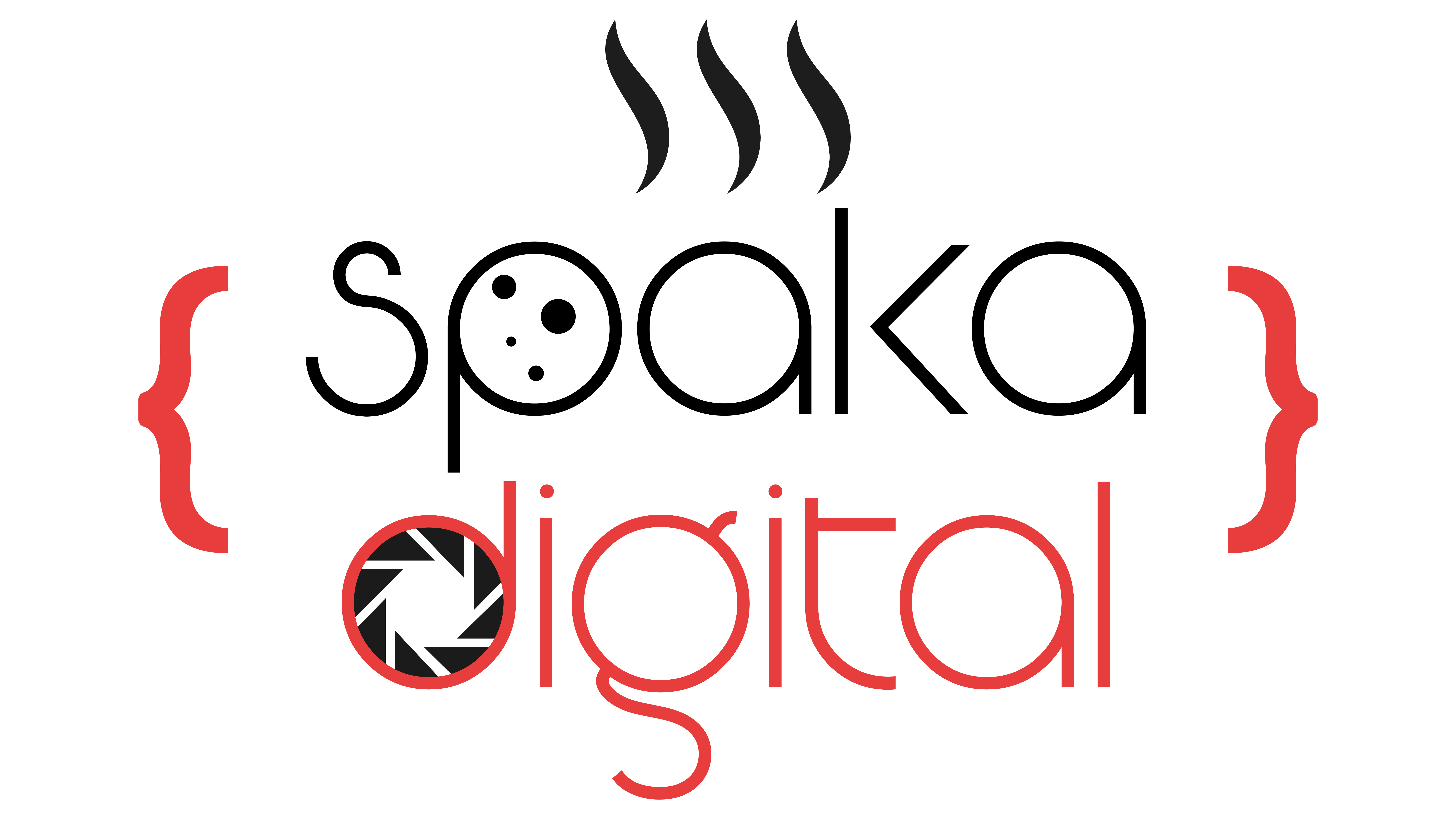Remaining competitive in today’s dynamic digital landscape requires constant innovation and strategic precision. The emergence of SMART content marketing goals has revolutionised how businesses engage with their audiences online, leading to a new era of targeted engagement and measurable success.
this framework has empowered many organisations to adapt and thrive in the growing digital marketing sphere, where relevance and resonance are increasingly important. By embracing SMART goals, businesses are navigating the complexities of online interactions with confidence, leveraging data-driven insights and targeted content strategies to forge deeper connections with their audiences and drive sustainable growth.
Understanding the Essence of Content Marketing
Before diving into SMART goals, let’s briefly touch upon the essence of content marketing. It’s the art of crafting and distributing valuable, relevant content to attract and retain a defined audience. Content, in this context, encompasses everything from blog posts and videos to social media updates and podcasts.
Importance of Setting Goals in Content Marketing
Setting goals is the compass that guides your content marketing efforts. It provides direction, clarity, and a benchmark for success. Without goals, your content strategy is akin to sailing without a destination in mind – you may drift, but you’re unlikely to reach your desired endpoint.
What are SMART Goals?
SMART is an acronym for Specific, Measurable, Achievable, Relevant, and Time-bound – five pillars that form the foundation of effective goal setting.
Breaking Down the SMART Acronym
- Specificity: Goals should be unambiguous, leaving no room for interpretation.
- Measurability: Metrics should be in place to track progress and determine success.
- Achievability: Goals should be realistic and within reach, given available resources.
- Relevance: Goals should align with overall business objectives and audience needs.
- Time-bound: Goals should have a defined timeframe for completion, instilling a sense of urgency.

How to Set SMART Content Marketing Goals
Crafting SMART goals requires a systematic approach. Here’s a step-by-step guide:
A. Conducting Audience Research
- Understanding Audience Demographics: To truly grasp who your audience is, delve beyond surface-level demographics like age and gender. Explore deeper characteristics such as income levels, education, geographic location, and even psychographic details like interests and values. Understanding these nuances will help tailor your content to resonate with specific segments of your audience.
- Identifying Audience Pain Points: Pain points are the problems, challenges, or frustrations your audience experiences. By identifying these pain points, you can create content that directly addresses their needs and provides valuable solutions. Conduct surveys, interviews, or social listening to gather insights into what keeps your audience up at night, and then tailor your content to alleviate those pains.
B. Establishing Key Performance Indicators (KPIs)
- Selecting Relevant Metrics: When choosing KPIs, align them closely with your content objectives. If your goal is to increase brand awareness, metrics like website traffic, social media reach, and brand mentions may be relevant. For lead generation, focus on metrics such as conversion rates, form submissions, and lead quality.
- Establishing Baseline Measurements: Before setting ambitious goals, it’s crucial to understand your starting point. Establish baseline measurements for each chosen KPI to gauge progress accurately over time. This baseline serves as a reference point against which you can measure the effectiveness of your content marketing efforts.
C. Setting Specific Objectives
- Narrowing Down Focus Areas: Rather than spreading your efforts thinly across numerous objectives, prioritize a few key focus areas that align with your overall business strategy. Consider factors like market demand, audience preferences, and competitive landscape to determine which objectives warrant the most attention.
- Formulating Clear Objectives: Clear and concise objectives leave no room for ambiguity. Use the SMART framework to articulate your goals in precise terms. For example, instead of a vague objective like “increase website traffic,” a specific objective could be “increase organic website traffic by 20% within six months.”
D. Ensuring Measurability
- Choosing Quantifiable Metrics: Opt for metrics that can be quantified and tracked reliably over time. Avoid subjective metrics or those that are difficult to measure accurately. Quantifiable metrics provide tangible evidence of progress and allow for data-driven decision-making.
- Implementing Tracking Tools: Leverage analytics platforms and tracking tools to monitor the performance of your content marketing efforts. Tools like Google Analytics, social media analytics dashboards, and CRM systems can provide valuable insights into audience behaviour, content engagement, and conversion rates.
E. Evaluating Achievability
- Assessing Available Resources: Conduct a thorough audit of your resources, including personnel, budget, and technology infrastructure. Determine whether your goals are realistic given these constraints. If resources are limited, prioritize goals that offer the highest potential return on investment.
- Considering Time and Budget Constraints: Time and budget are finite resources that must be allocated wisely. Set realistic expectations for goal achievement by factoring in these constraints. Consider whether additional investments or reallocation of resources are necessary to support your content marketing objectives.
F. Relevance to Business Goals
- Aligning with Overall Business Strategy: Ensure that your content marketing goals align seamlessly with broader business objectives. Your content strategy should catalyse achieving overarching business goals, whether it’s increasing revenue, expanding market share, or enhancing brand reputation.
- Addressing Customer Needs and Pain Points: Tailor content to resonate with audience needs and preferences, enhancing relevance and effectiveness.
G. Time-bound Deadlines
- Establishing Timelines for Milestones: Break down your overarching goals into smaller, more manageable milestones, each with its clear deadline. These milestones serve as checkpoints along the journey toward goal achievement, allowing you to track progress, identify potential bottlenecks, and course-correct as needed. By breaking down larger goals into smaller, actionable steps, you promote accountability and maintain momentum.
- Setting Deadlines for Goal Achievement: In addition to establishing timelines for milestones, it’s essential to set overarching deadlines for goal achievement. Define a specific timeframe within which you aim to accomplish each goal, whether it’s increasing website traffic, improving conversion rates, or expanding your email subscriber list. These deadlines create a sense of urgency and focus, driving your team toward action and ensuring that objectives are met on time. Deadlines serve as powerful motivators, helping to prevent procrastination and maintain momentum throughout the content marketing process.
Benefits of SMART Content Marketing Goals
Implementing SMART goals offers several advantages:
A. Enhanced Strategy Alignment
- Aligning Content with Business Objectives: Ensure that every piece of content serves a strategic purpose, driving tangible business outcomes.
- Ensuring Consistency Across Channels: Maintain a cohesive brand presence across various digital platforms, reinforcing brand identity and messaging.
B. Improved Performance Tracking
- Monitoring Key Performance Indicators (KPIs): Track relevant metrics to gauge content effectiveness and adjust strategies accordingly.
- Identifying Areas for Improvement: Analyze performance data to identify strengths, weaknesses, and opportunities for optimization.
C. Increased Accountability
- Assigning Responsibilities: Clearly define roles and responsibilities within your team, fostering accountability and ownership.
- Holding Teams and Individuals Accountable: Establish a culture of accountability where team members are accountable for their contributions to goal attainment.
D. Better Resource Allocation
- Maximizing ROI on Content Efforts: Allocate resources strategically to maximize the impact of your content marketing initiatives.
- Prioritizing Tasks Based on Impact: Focus resources on high-impact activities that align with your SMART goals, optimizing resource utilization.
Common Challenges in Setting SMART Goals
Despite their effectiveness, setting SMART goals comes with its own set of challenges:
A. Lack of Clarity
- Unclear Objectives and Outcomes: Vague or ambiguous goals can lead to confusion and misalignment within the team.
- Ambiguity in Goal Setting: Lack of specificity in goal formulation can hinder progress and impede success.
B. Unrealistic Expectations
- Setting Unattainable Targets: Overly ambitious goals may demotivate teams and lead to burnout.
- Overestimating Resources: Misjudging resource requirements can derail even the most well-conceived plans.
C. Failure to Prioritize
- Focusing on Too Many Objectives: Spreading resources too thin across multiple objectives can dilute effectiveness and hinder progress.
- Neglecting Critical Areas: Failing to prioritize goals based on strategic importance can lead to missed opportunities and suboptimal outcomes.
D. Inadequate Measurement Tools
- Lack of Proper Analytics Tools: Inadequate tools or lack of expertise in data analysis can impede progress tracking and performance evaluation.
- Difficulty in Tracking Progress: Without robust measurement mechanisms in place, it’s challenging to assess progress accurately and make informed decisions.
With the constant change and improvements in digital marketing, mastering SMART content marketing goals is no longer optional – it’s essential for success. Setting specific, measurable, achievable, relevant, and time-bound goals, you are aligning your content strategy with business objectives, enhancing performance tracking, fostering accountability, and optimising resource allocation. Despite the challenges that may arise, the benefits far outweigh the obstacles. So, embrace the SMART approach, stay agile, and keep iterating to stay ahead in the digital marketing game. Remember, the journey to success begins with a SMART goal.













